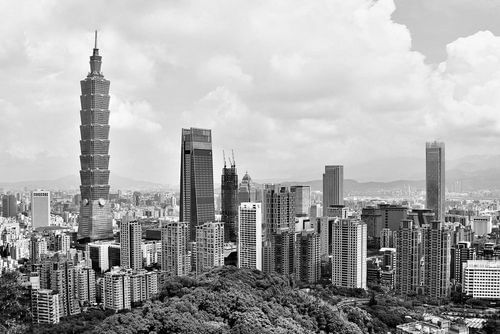
Photo Attribution: 毛貓大少爺, CC BY-SA 2.0 https://creativecommons.org/licenses/by-sa/2.0, via Wikimedia Commons
City of Taipei
This example has been viewed 580x times
Summary
Rodden Rating
Analysis for City of Taipei
Biography
Taipei (/ˌtaɪˈpeɪ/ ⓘ; Chinese: 臺北; pinyin: Táiběi),[4] officially Taipei City,[I] is the capital[a] and a special municipality of the Republic of China (Taiwan).[7][8] Located in Northern Taiwan, Taipei City is an enclave of the municipality of New Taipei City that sits about 25 km (16 mi) southwest of the northern port city of Keelung. Most of the city rests on the Taipei Basin, an ancient lakebed. The basin is bounded by the relatively narrow valleys of the Keelung and Xindian rivers, which join to form the Tamsui River along the city's western border.[9]
The municipality of Taipei is home to an estimated population of 2,494,813 (March 2023),[10] forming the core part of the Taipei–Keelung metropolitan area, also known as "Greater Taipei", which includes the nearby cities of New Taipei and Keelung with a population of 7,047,559,[10][11] the 40th most-populous urban area in the world—roughly one-third of Taiwanese citizens live in the metro areas. The name "Taipei" can refer either to the whole metropolitan area or just the municipality alone. Taipei has been the political center of the island since 1887, when it first became the seat of Taiwan Province by the Qing dynasty until 1895 and again from 1945 to 1956 by the ROC government,[b] with an interregnum from 1895 to 1945 as the seat of the Government-General of Taiwan during the Japanese rule. The city has been the national seat of the ROC central government since 1949, it became the nation's special municipality (then known as Yuan-controlled municipality) on 1 July 1967 from provincial city status.
Taipei is the economic, political, educational and cultural center of Taiwan. It has been rated an "Alpha − City" by GaWC.[12] Taipei also forms a major part of a high-tech industrial area.[13] Railways, highways, airports and bus lines connect Taipei with all parts of the island. The city is served by two airports – Songshan and Taoyuan. The municipality is home to architectural and cultural landmarks, including Taipei 101 (which was formerly the tallest building in the world), Chiang Kai-shek Memorial Hall, Dalongdong Baoan Temple, Hsing Tian Kong, Lungshan Temple of Manka, National Palace Museum, Presidential Office Building, Taipei Guest House and Zhinan Temple. Shopping districts including Ximending as well as several night markets dispersed throughout the city. Natural features include Maokong, Yangmingshan and hot springs.
In English-language news reports, the name Taipei often serves as a synecdoche referring to the central government that controls the Taiwan Area. Due to the ambiguous political status of Taiwan internationally, the term Chinese Taipei is also frequently used as a synonym for the entire country, as when Taiwan's governmental representatives participate in international organizations or when Taiwan's athletes compete in international sporting events, including the Olympics.
Source: https://en.wikipedia.org/wiki/Taipei
Raw Data
Horoscope Data
Comments
Natal Data
1967-07-01 00:00:00 LMT
25° 1′ 58.7″ N 121° 33′ 55.5″ E
Taipei, Taiwan
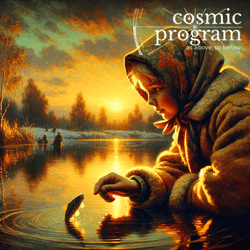

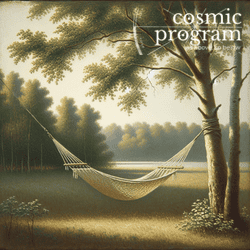







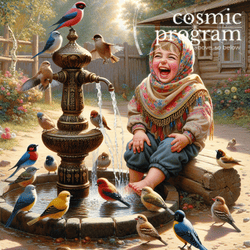

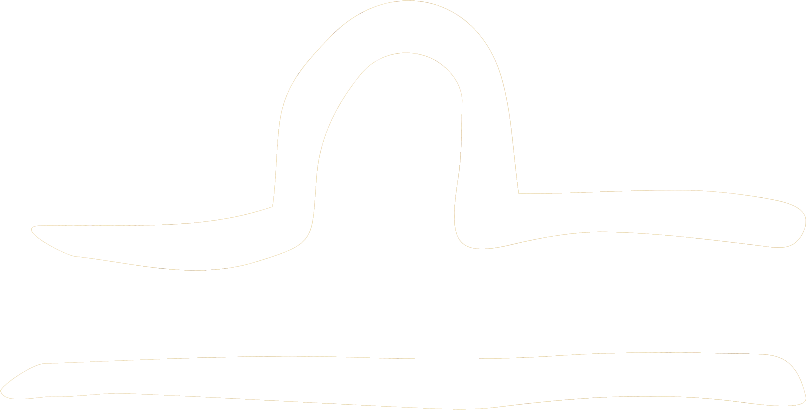


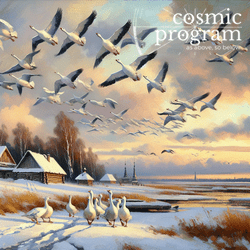
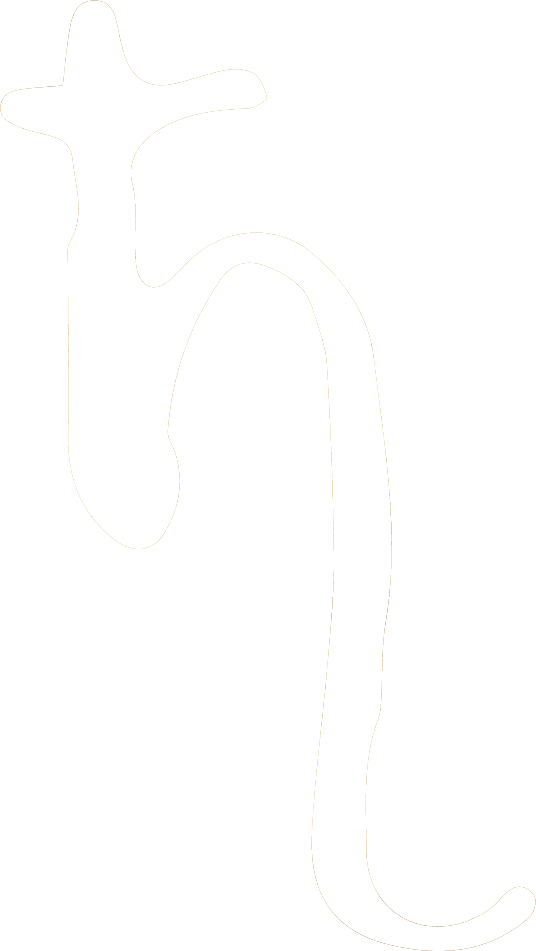
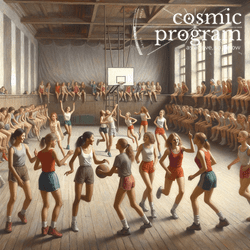


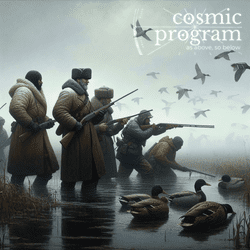


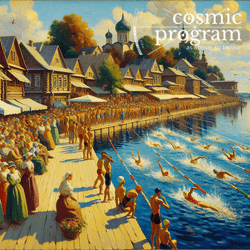

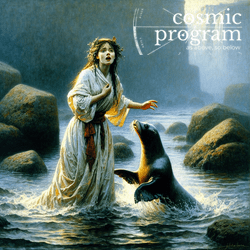
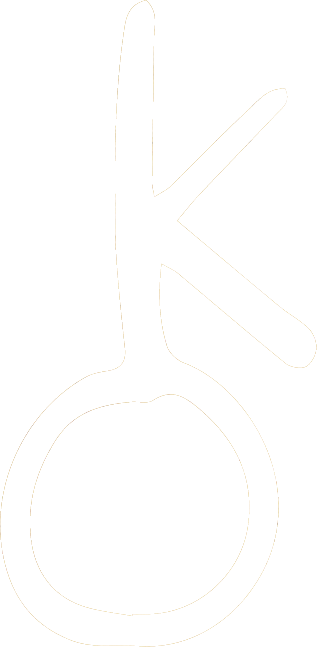
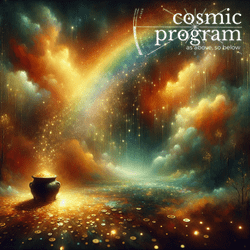

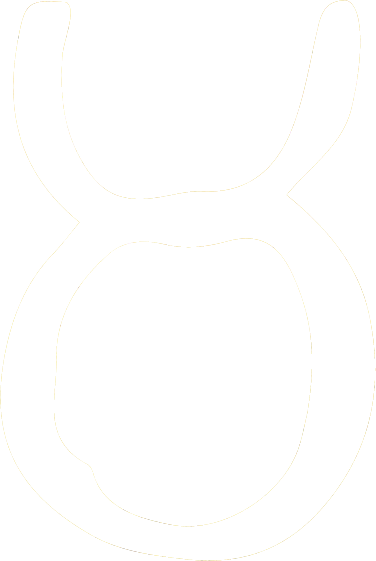


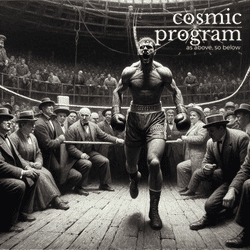

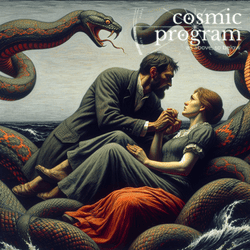

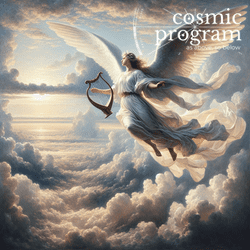


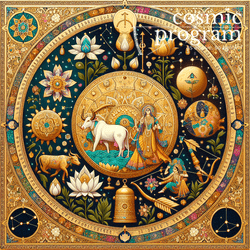
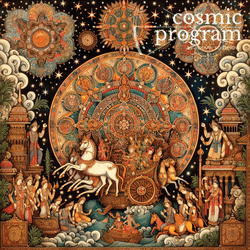
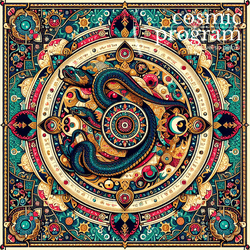
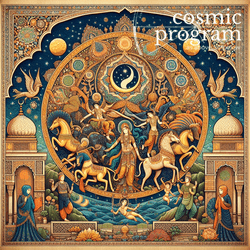
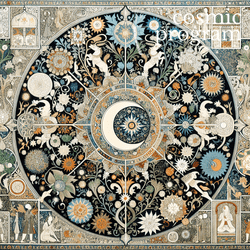

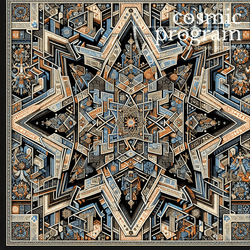
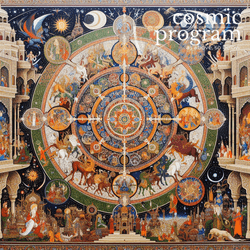
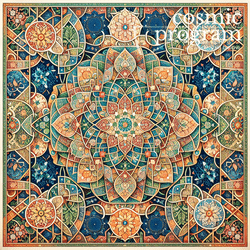
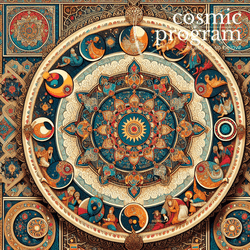

.jpg?bossToken=94fdc7d0491599f77d2215a5e860f7d95c7836ac01ed0a59b86a4688c56e43b0)
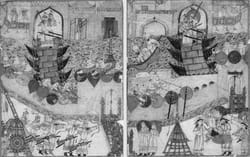
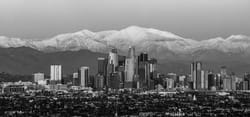
.jpg?bossToken=1010be8a747c56a30dfb2824acf2bbfe3be5ba0eea76df99f964ecdc1f7a559d)
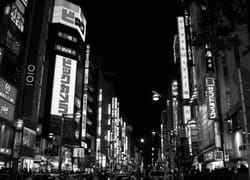
_2019-06-21.jpg?bossToken=d7a8db114af7032bb30691522210d9c59f4b1345b904d5752b6d2bd5608f8a25)
.jpg?bossToken=1bdb483a765dfc9a68a92892b39785293a8795ef5f435e2417315adc8fae4550)
.jpg?bossToken=aad8b16d54c054e304a8039c1753dd8d23e0ec6b3d22bcb7d61c80efa2886fa0)
_(cropped).jpg?bossToken=74f5f29c2a6725114915626aa1b6c066f5e20b8f996beca75e53d8c185408a4b)



